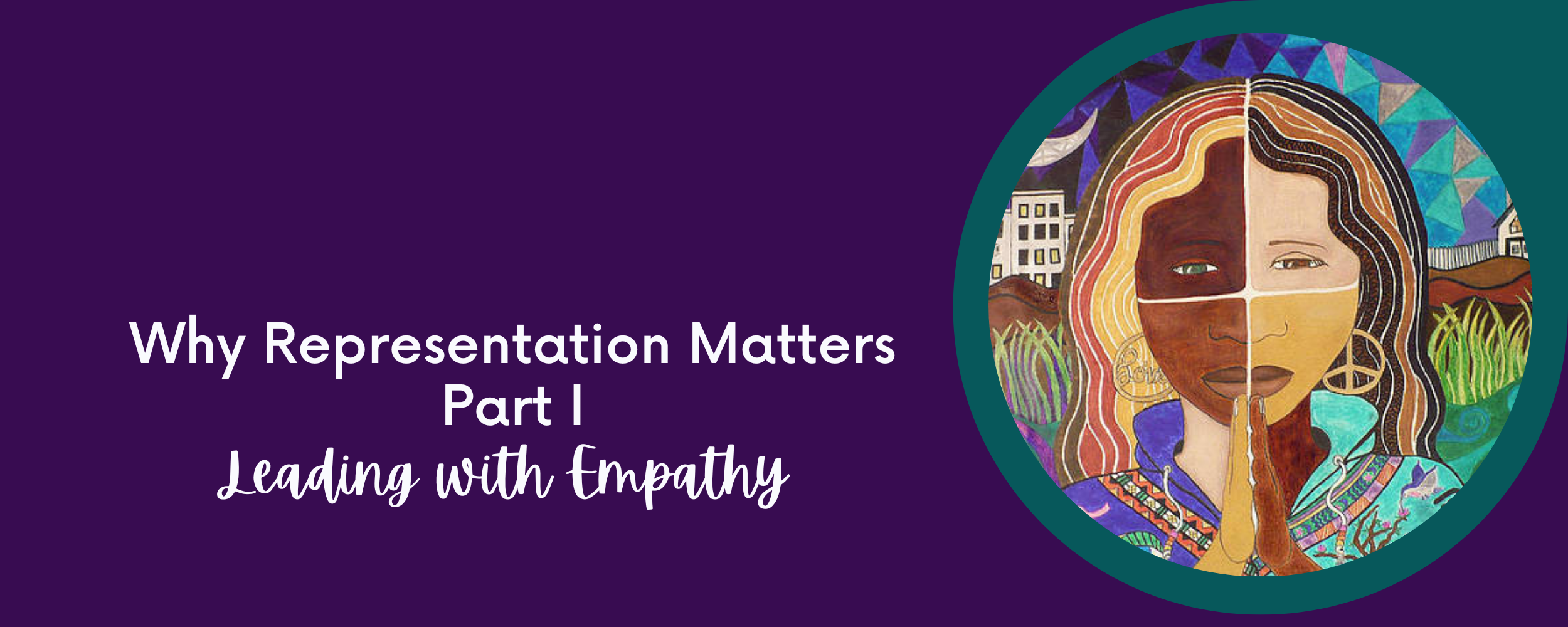
Co Written by
Joy Buckner
Ty Foster
What does representation in education mean to you?
Representation means more to me now as an educator than it did as a student. I realized from a young age that my classmates and teachers were very different from me. As an educator I have always felt responsible for presenting a diverse group of people, cultures, and beliefs to my students through my teaching.
How did lack of representation impact your educational Journey?
Fortunately, my parents made sure I received a COMPLETE education. What wasn’t taught in school I learned at home, but I saw gaps in my learning. For example, very little information was taught about Native Americans, even though I lived in Rochester, NY “Seneca Nation.” I took it upon myself to learn outside of school. As a university student, I had two professors of color. I definitely found myself more engaged in their classes. For once, I felt understood.
How have you addressed representation for the students you’ve served throughout your career?
My focus is teaching about different cultures and perspectives. It’s difficult to teach language without exposing students to the cultures and people who speak the language. As a Black female French teacher, I’m the embodiment of representation in education! I’ve been asked countless times “Why do YOU speak French?” My response is always; “I learned it in school. I had amazing French teachers, just like I will be to your child.”
Think back, when did you first have a teacher who looked like you? Better still, did that teacher make an effort to understand and respect your differences? If you’re a person of color, indigenous, have a disability or are a member of the LGBTQ+ community it is highly possible that you never saw yourself in the teachers who were educating you, perhaps you feel you were only seen because of your differences, or you felt misunderstood. Statistically 1 in 5 teachers are people of color, but more than half of the student population are students of color. If you are a black or Hispanic male you represent 2% of the teaching population and teachers with a disability, make up less than 1%. Numbers don’t lie. The majority of our students won’t see themselves reflected in their teachers, nor will those teachers see themselves reflected back in their students. Regardless, our students must see themselves reflected in their experience.
I asked Ty Foster of The Kid Spark Group to reflect on her experience with representation in education, and what she feels we can do to lead with empathy and keep representation at the forefront.
In what ways have you seen other educators get representation wrong, and what did you learn from that?
While I’m sure the intention is good, the concept of “International Day or Week” bothers me. I understand that schools are attempting to be inclusive, but it falls flat. Why limit celebrating other cultures? In recent years I've seen schools adopt a more global mindset, where they embed global education into their curriculum. This gives me hope. As educators our mission should be to promote cultural competence in our students, and prioritize celebrating our differences. Not just ethnic and cultural differences, but our different abilities and beliefs as well.
Strategy #2
Provide PD on implicit bias and empathy This requires transparency. Our perception of others impacts your teaching practices, It’s inevitable even if it’s not intentional. Consider the following ways to address implicit bias:
Seeking friendships with a diverse group of people.
request professional development on increasing your empathy. Both can help educators in their quest for positive representation in the classroom.
Strategy #3
Restorative Circles
Students should have the freedom to express themselves in school, but often this isn’t encouraged. This can be especially true when communicating their need for representation. To ensure every voice is heard consider Restorative Circles as a communicative practice. By implementing restorative circles each participant can feel open to sharing their thoughts on representation in the school’s community.
Here are some steps to facilitate this practice:
Create a safe, supportive and equitable environment where everyone is given an opportunity to speak
Be fully present during the circle process
Collectively choose a topic remembering no one voice is more important than another
Acknowledge shared experiences with grace
For more information on restorative circles visit
Strategy #1
Lead with empathy It’s not always easy to respond empathetically to student differences. However, when you show your students you respect who they are and their needs, you build mutual trust and rapport. Give these a try:
Treat your students the way THEY need to be treated. Understand what they need from you, not what you think they need.
Resist the urge to react. Prioritize hearing students out and view the situation through their eyes before reacting.
Ask open ended questions. Allow students to express their feelings without fear of judgment.
Listen Actively Empathy requires paying attention to what’s being said, what tone suggests, then reflecting.
Validate feelings. Allow students to feel their feelings. You may not agree simply recognize that their feelings area real to them.
Representation should happen every day, because students change every day. However, We sympathize with the anxiety one might feel when addressing representation in your school community. So we’ve come up with some strategies and action steps to help get you on the path to creating a sense of belonging for all of your students.
Addressing representation in your everyday practice will take work, but through empathy, courage and by taking small steps you will be well on you way to ensuring representation for all of your students. If you enjoyed the content of this blog, look out for Part 2 on addressing representation in education through your learning space, curriculum and instructional practices.
Ty Foster is the founder of The Kid Spark Group, LLC. An experienced and accomplished language educator, Ty began her career in education over 20 years ago, and was inspired to start The Kid Spark Group to build cultural intelligence and empathy in children through the exploration of language.






